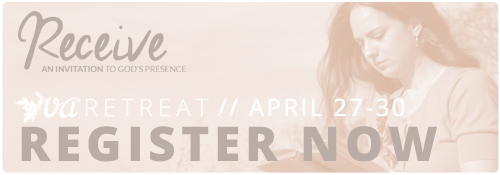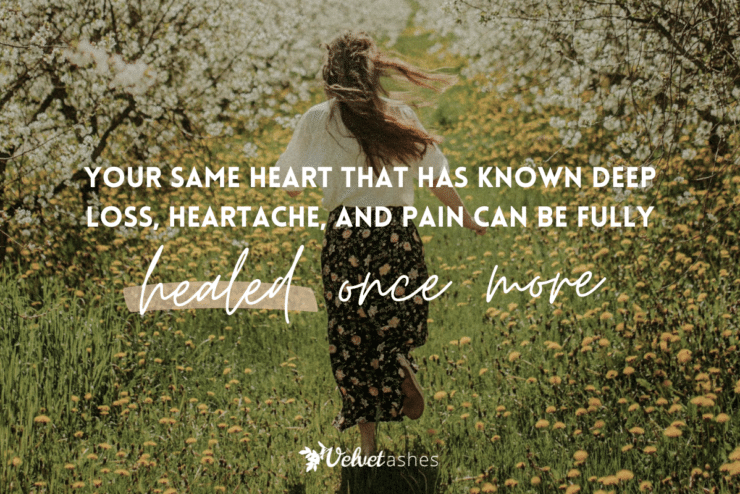Four years ago, we moved our family to SE Asia. With kids aged nine, six and three, we boarded a snow covered plane in Raleigh, North Carolina and landed twenty-four hours later in the equatorial heat of Kuala Lumpur, Malaysia. While our luggage took a detour to Geneva, our courage arrived intact and our overseas adventure began.
Our first stop was the hotel with its 30 foot ceilings, giant silk carpets, and bright, hand-painted tiles. Most of the guests wore burkas or head scarves that elegantly flowed as they walked down garden pathways of potted palm trees. The Muslim Call to Prayer from mosques all over the city and the smells from spicy foods and sweet, milky teas filled our room and called us onward. We enthusiastically stepped into the hotel lobby only to find ourselves sitting in a restaurant ten minutes later with 3 jetlagged kids snoring into their plates of noodles.
At some point during the first two months, our eyes cleared. We were sufficiently rested and our fridge was stocked with more than restaurant takeaway containers. Our grocery carts were no longer filled with apples, pears and bagels, but with dragon fruit, Taiwan Jujube and lentils. We drank teh tarik, rather than coffee. Our son, Sam, bought a “kit” for rugby, rather than pads for football. Our daughter, Molly, learned the rules of cricket and our youngest, Annie, preferred chicken and squid satay to a hamburger and fries. Food no longer tasted exotic but just different, the locals seemed less like National Geographic characters, and we started learning the language beyond currency and directions.
With this clarity, arrived a desire to preserve and commemorate moments from this new life. Our children were young enough to forget most of what they were experiencing but the ground under our feet was rich in growth and perspective. We knew that we needed to be intentional about memorializing significant events if we were to capture their profundity, but how.
One of the best examples of this intentionality is from ancient times when people created cairns, or stone piles. Perhaps the most well-known stone pile was erected after the Israelites crossed the Jordan River. After forty years of wandering in the desert, the Israelites were finally prepared to enter the land that God had promised them since the time of Abraham. As the priests walked into the Jordan River carrying the Ark of the Covenant, the waters receded around them and all of the Israelites were able to cross the river walking on dry land.
While they were crossing, Joshua told the Israelites to choose one man from each tribe to pick up a stone from the riverbed. He then instructed them to place the stones in a pile on the other side of the river as an altar to our Lord to serve as a remembrance to future generations of God’s magnificent power and His sovereignty. In Joshua 4:6-7, Joshua says to the Israelites, “Someday, when your children ask you about these stones that we have piled up here saying “What do these stones mean?” tell them, “This is where we crossed the Jordan on dry ground.”
For us, it was not realistic to think that we could leave stone piles throughout SE Asia and expect that they would still be there should our children return. In its place, we have become storytellers to recount the times when God’s power and grace met us during both our difficulties and achievements.
Along with stories, we have collected mementos, like a rock from the Himalayas to remind us of when we slipped through Maoist protesters in Nepal, a painting from Indonesia where I fought off an attacker on the street and a teapot from Malaysia to tell about the sweet friends who sustained us. In doing this, we are reminded and able to show our children that God has faithfully met us in the past and so, he will faithfully meet us again in the present and the future.
As you reflect on your walk with the Lord, are there “stone piles” that you would like to set up to remind yourself, your children and your grandchildren of God’s presence and the significant events that have taken place in your life?






I love this idea and am hoping some others chime in with practical ways to live this out day-to-day. I am great at taking photographs and terrible but still attempting to write down some of the moments, but so far that’s about all.
Photographs are definitely one of the best way of reminding us of moments in time. I always love to hear how my kids remember events and then compare them with what actually happened. Perspective is such a powerful thing. But, yes, photographs are a great tool.
Smiled warmly to “Taiwan jujube”. That’s where I’m at currently.
Thanks for sharing your ideas of stones of remembrances. I like that you have physical things that you can tell stories about. We have a few of those, but probably not gotten intentionally.
I used to keep a journal of funny things my kids said it did. I also had one when we first started raising support how God was providing in large and small ways.
But, the biggest thing for us was asking my husband’s parents questions about their time when they first lived in Taiwan. We did this around the table so our kids could listen. There is a heritage there. We still need to do it with my mother, as there is a heritage there a well.
Would love to hear other’s ideas as well…
I wish that I could be a that table when your family is telling stories. You are right that we have so much to learn from those who have walked before us. How special that your children are able to dig deep into their heritage. Are you recording when your parents and your husband’s parents are telling stories?
We didn’t record, but that is a great idea. I did write down some things afterwards as I didn’t wan to forget.
For me, I guess, my remembrance is in my journal. It is not a journal of events of achievements, but a journal filled with my heartcries to the Lord. It is not in the pouring out of the heart that I set up stones, but in the reading of it later I can see the aftermath–the way the Lord came to meet that desperate cry.
So true. How often would you say that you reread parts of your journal? I am envisioning a movie about an older woman who is reading through her journals as a young woman and reliving parts of her life..relieved that life took the turns that it did. I also love your term “journal filled with my heartcries to the Lord.” I love that word, heartcries. and so often, feel an oppositional tug/a crying heart between what my heart desires and what I know the Lord is commanding me to do.
Thanks for your reply, Brooke. It is true that there is often that tug that you speak of, and that is why the Lord is calling us into fellowship. He wants to walk with us and work with us. I think our questions and thoughts are all precious to Him. He’s saying, “Come on. Let’s do this together.” I need to hear this message right now!
As for rereading my journal… The journal is vast, and so I have never reread it all. I think that would be a solid year of reading! But much of it is on my laptop, so I can refer back to things, and sometimes the Lord takes me back to places in the journal that He remembers (of course) but I had not remembered. In fact, He did that with me just this morning.
I have thought of writing a book someday, based on my journal, but I am waiting until there is a good ending place. It seems that life is just much too messy with too many questions without answers to warrant making a book about it!
I came across a few of my remembrance stones I had tucked away in storage when we packed up and moved to China about 9 years ago. We just moved back to the States and the boxes were overwhelming, but as I sorted through I found some things I’m glad I kept. One is the beat and bent up license plate to the pick-up that was totalled in a wreck I had when I was pregnant with my first son. It is a very tangible reminder of God’s protection over me in scary situations. The other was an envelope from a domestic delivery company that still held an unsent letter of complaint I wrote to them when they lost my passport enroute to our sending org and I had to scramble for funds for a new one and God provided in an amazing way despite the major mishap!
I have a small carry-on of items (mostly journals and letters) I brought home from my overseas home but I haven’t opened it yet. I’m afraid my weary eyes won’t see the treasures before me and I’ll throw out some stone of remembrance I should have kept. It’s going to simmer in the closet for a while 🙂
Let it simmer. I wish I could be there when you open the box though. Would love to hear about the importance of each thing that you’ve kept. You should have your kids record you as you unpack the box.
I love that you’ve kept the license plate and letter as reminders of God’s protection and provision. Both had to have been terribly stressful…and to have been pregnant! As for the passport, I was never at peace when I had to hand over my passport to an “agent” when we were renewing our visas. What a nightmare to have yours lost! Did they ever find it?
What a great post! I remember listening to a speaker share this same idea once before moving overseas. She commemorated God’s grace in her “book of rocks”– it was just that, a scrapbook with photographs of the simple and profound ways God blessed their family. A photo and a few scrawled words–nothing fancy and yet a family treasure. When we carefully share small moments with that perspective, hand-me-down clothes become a gift from God, and a sunset is a divine kiss from our Creator.Another person mentioned having a “box of rocks” similar to what others have mentioned. Those tangible things that remind us of a time and place where God has blessed. Thanks again for sharing!